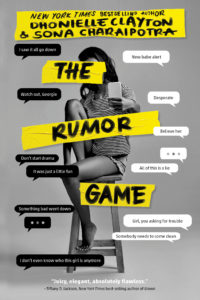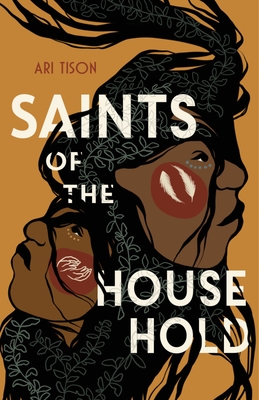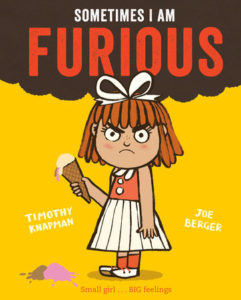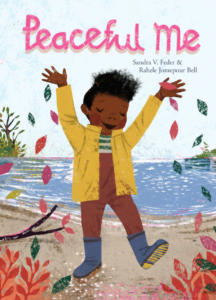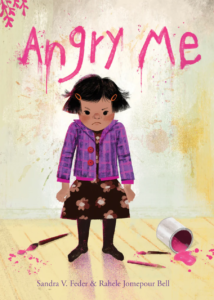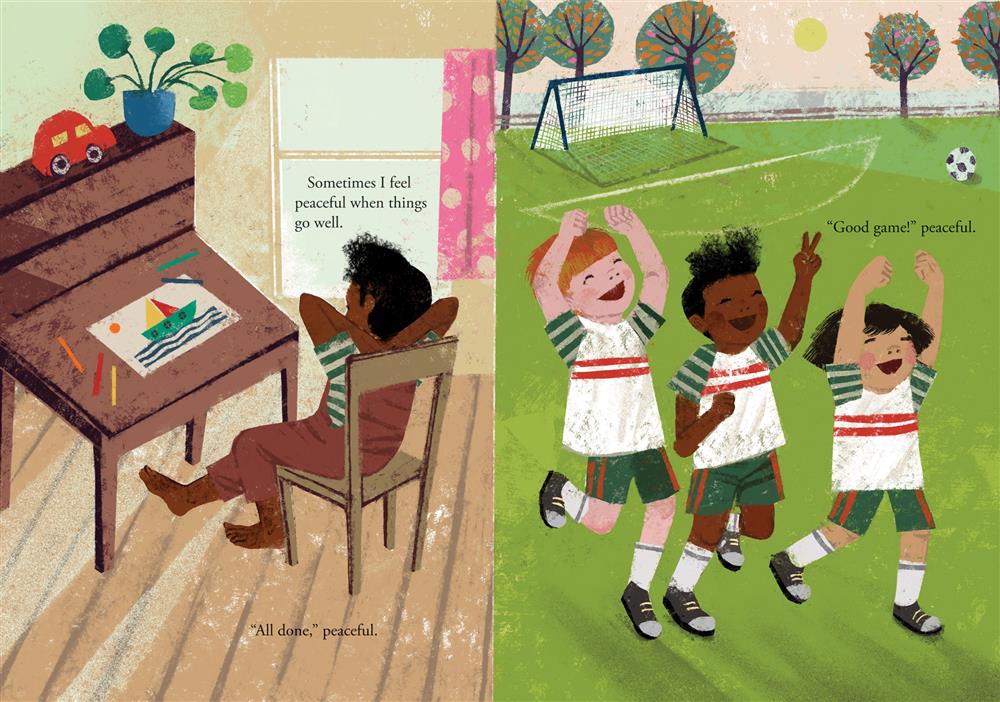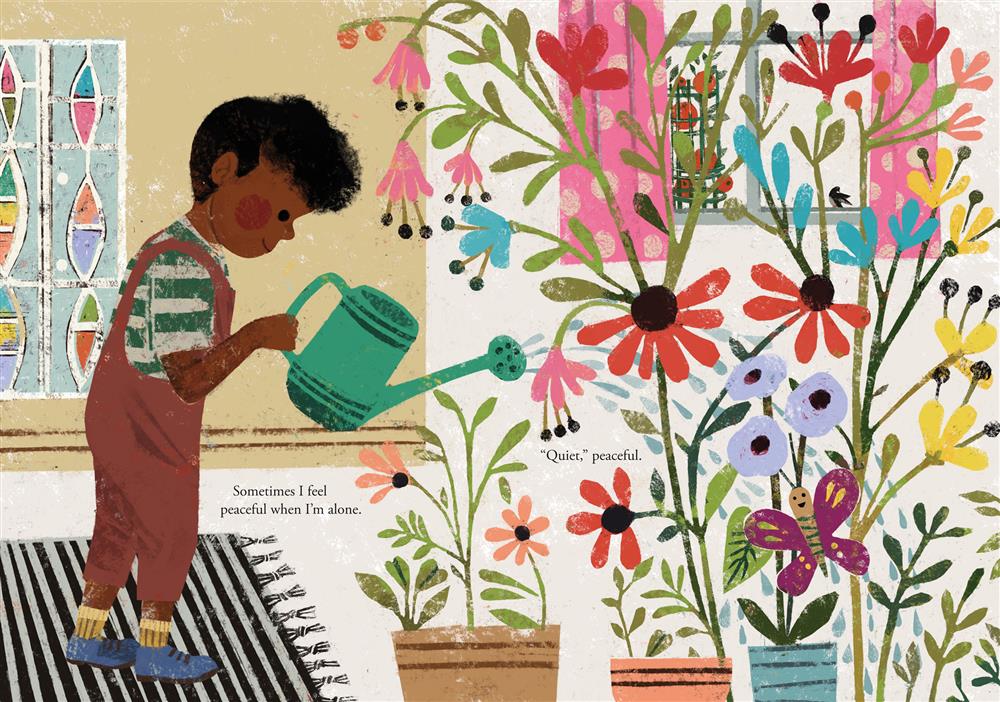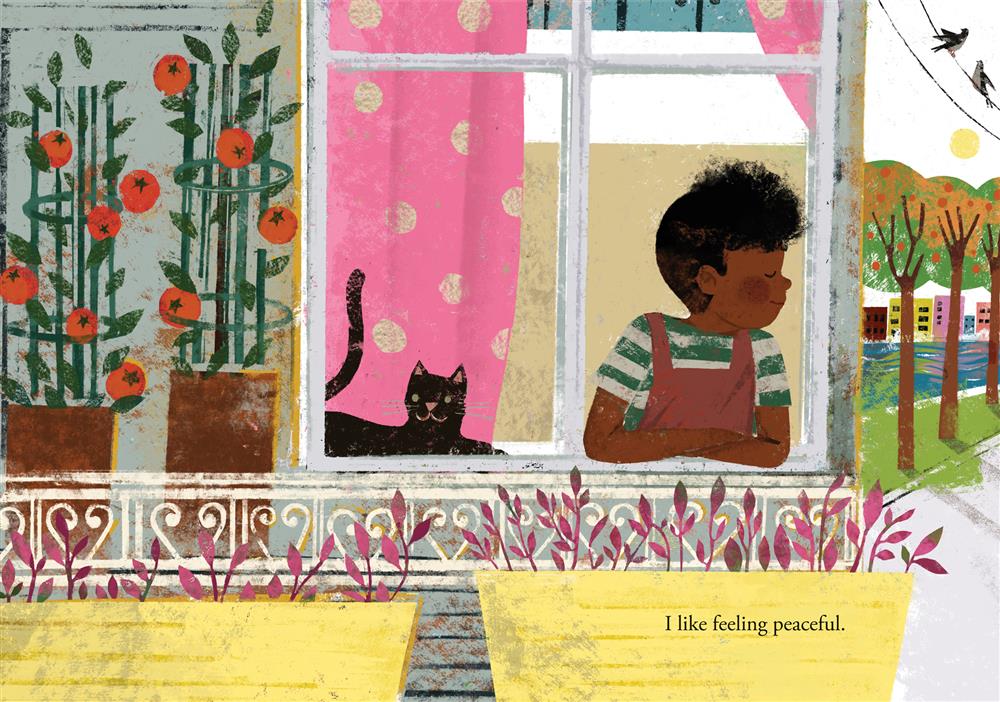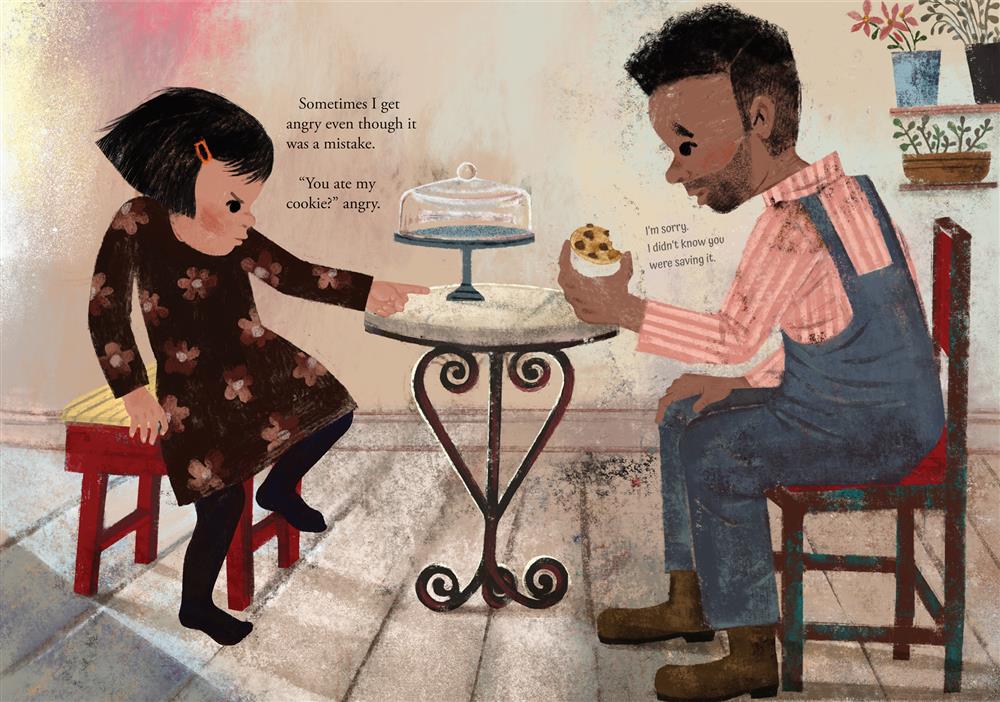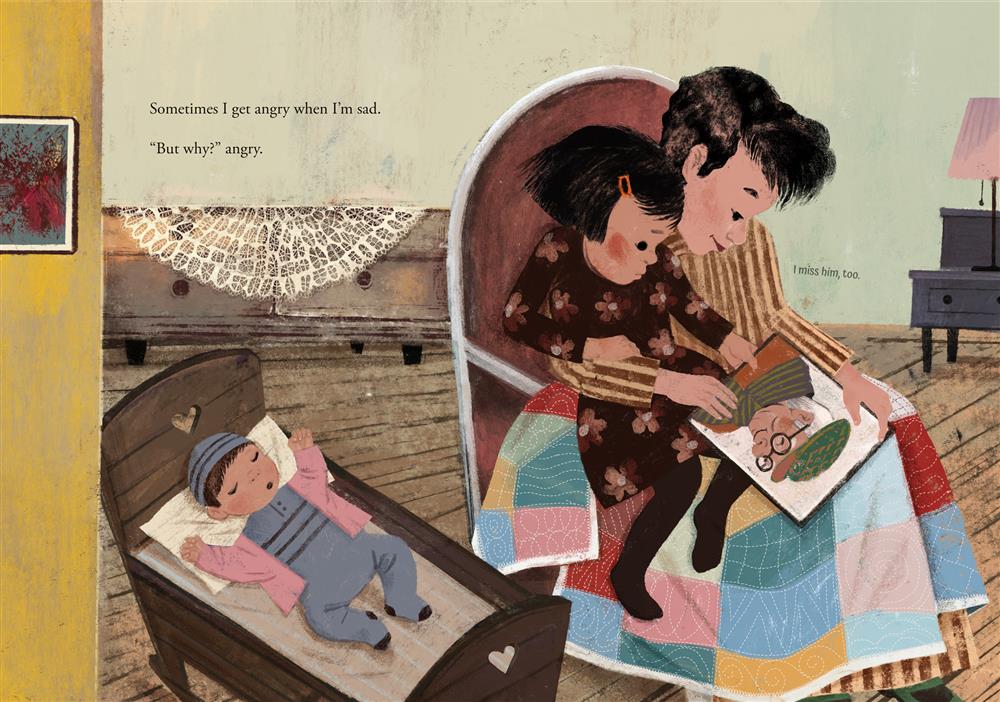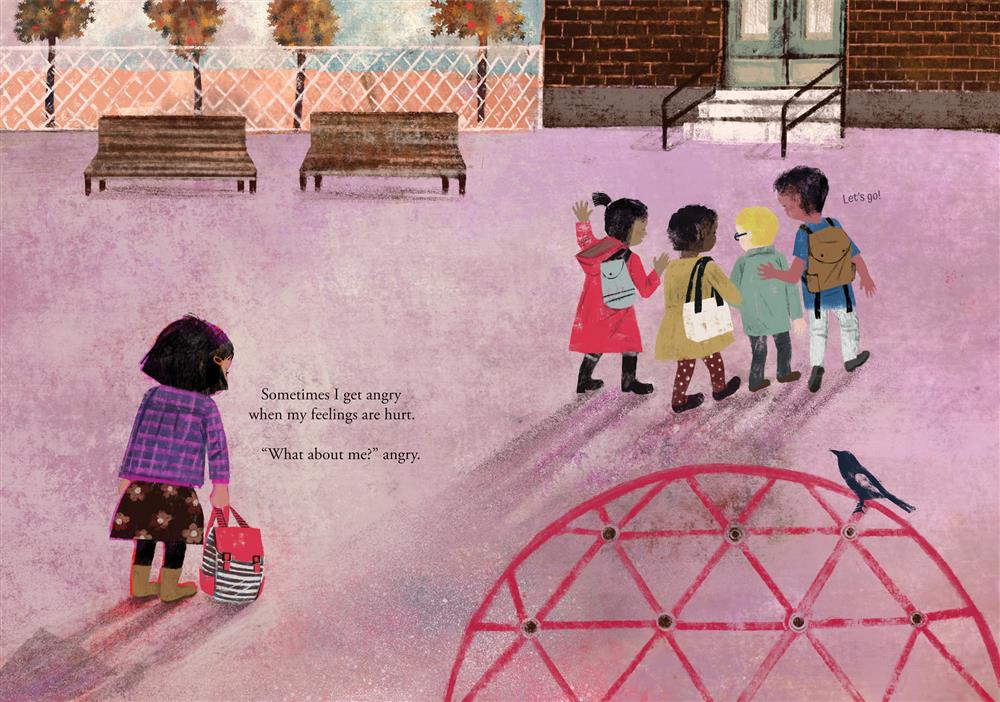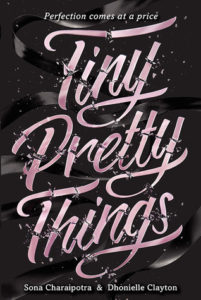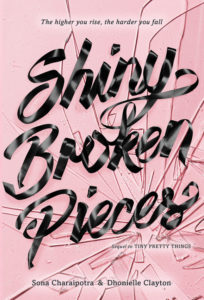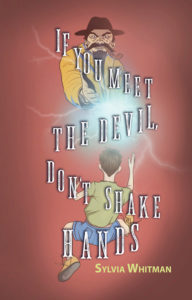
If You Meet the Devil, Don’t Shake Hands
Author: Sylvia Whitman
Published September 19th, 2023 by Fitzroy Books
Summary: Twelve-year-old Gavin Baker, son of a warrior, is a born worrier. With his father serving overseas, Gavin assumes that he’ s already imagined the worst that can happen— until he shakes hands with his best friend Javi’ s long-lost grandfather and finds himself trapped in the old magician’ s ailing body. Help! As the trickster takes over Gavin’ s life, fooling the girl of his dreams and even his own family, Gavin wonders if the imposter is a better version of Gavin than Gavin himself. He has to convince Javi that the real Gavin now has hairy knuckles and a love of Pablo Neruda’ s poetry. Then the boys can try some tricks of their own. But will the two friends be able to reverse the old devil’ s magic? Or will both of their families get their hearts broken?
About the Author: Sylvia Whitman, a writer and educator, has published articles, a picture book, and nonfiction & fiction children’s books. A folklore and mythology major in college, she has always liked proverbs, particularly this one: “A book is a garden carried in the pocket.” She lives with her husband and two kids in Arlington, Virginia. Visit her at SylviaWhitmanBooks.com.
Review: This twist on Freaky Friday looks at the heart of family trauma and perspective. It was fascinating to see how the switch into an unwelcome visitor led to a conclusion that I would not have guessed. Through the eyes of Javi’s returned abuelo, but with Gavin’s narrative, we learn the truth of the past and the present. Though the story focuses on Gavin and “El Diablo,” there are side stories that add heart to the story and flesh out the supporting character. Whitman does a wonderful job showing the reader both reasons for sympathy and anger while validating all of the emotions of all of the characters.
Tools for Navigation: This book will be perfect for middle school classroom and school libraries. Middle school readers are going to be enthralled by the concept of the book and want to figure out how it all shakes out.
Discussion Questions:
- Why do you think El Diablo and Gavin switched places?
- How did the switch affect both of them?
- What do you think happens next, after the end of the book?
- How do you think the story would have been different if Gavin and El Diablo hadn’t switched places?
- Through the flashes of El Diablo’s memory coming through, what do you believe happened in the past? Do you think Javi’s abuelo is as devil-like as they’ve all assumed?
- Do you agree with the tactics that Gavin uses to reach the conclusion of the book?
- What do you believe the theme of the book is?
Flagged Passages: “El Diablo’s hand is still waiting for mine.
Should I tell him my last name? He’s Javi’s granddad, after all. Or should I make one up?
Say nothing. Smile. That’s Mom’s advice.
It’s rude if I don’t shake, though.
When we touch, Javi’s grandfather gives me a shock so strong I can hear the snap. Before I can pull back, he clamps his left hand over the shake, trapping me. His eyes bore right into mine.
“What are you good at”—he gulps a quick breath—“Gavin?”
I don’t know. My whole arm is tingling—no, stinging—like after it goes to sleep and then starts to wake up. I want to shake it out. I pull back slightly, but this guy is not relaxing his grip. He’s acting like a diablo, not an abuelo.
I’m about to yelp for help when El Diablo says, “Good with the girls?”
At that, both Javi and I snort.
“Science,” Javi says. “School.”
So is Javi. He’s good at everything.
“A smart one,” El Diablo says to me. “What else?”
I wait for Javi to speak up, but he doesn’t. Outside of class I’m not much of anything.
My dad is always telling me that I should take some risks—not stupid ones, like stealing a car or smoking dope, but expanding ones, like reading a book you’ve never heard of or tasting food you can’t pronounce. Right after Dad went downrange, I tried some borscht that a lady from the family support center gave us, but when Mom explained beets made it purple, I spit it back into the bowl and just ate rolls for supper.
Now the pins and needles are spreading across my collarbone and down my left arm. My blood is bubbling like soda fresh from the can. Isn’t this a symptom of a heart attack?
I yank my hand, but El Diablo holds tight. “Sports?” he asks.
“Your grandson’s the soccer star,” I say. Now let go of me.
Javi shakes his head.
“You are,” I insist. “You’ll make the team this year. They need another goalie.”
“Not if I don’t practice,” Javi says.
“Get your friend here to shoot on you,” El Diablo says.
“He won’t,” Javi says. That’s not true. I’m just careful. I read somewhere that soccer’s the fifth most dangerous sport, with 22.12 injuries per 100,000 participants.
“Before I came to this country, I played striker for El Brujos,” El Diablo says.
Given that he’s sitting down and practically panting, I find it hard to believe that he once covered a field. Javi’s always telling me that soccer requires incredible conditioning. He even found some story about soccer players living longer to convince me to try out with him for the Crossroads team. But he forgot to factor in sudden cardiac death, concussions, and dementia.
I expect El Diablo to start reminiscing, or making up stories, about his athletic career, which I can tolerate as long as he relaxes his grip on my hand. I need it for scratching since it feels as if approximately 250 ants have crawled under my shirt and are marching down into my pants. At six legs per ant, I have roughly 1500 roaming itchy spots.
“Would you mind…letting go?” I ask in my most polite desperate voice.
“You’re a smart boy, Gavin,” he says. “Smart is good. Wise is better.”
I try to signal SOS with my eyebrows, but Javi thinks I’m just puzzled by the comment.
“What’s the difference?” Javi asks.
“Smart knows facts,” El Diablo says. “Wise understands people.”
“Sir—my hand. I think maybe the circulation’s cut off,” I say. But it’s not just my hand; every nerve cell in my body is cut off and in flames.
Still gripping, El Diablo leans toward my ear and whispers, “You have something I want.” (Chapter 4)
Read This If You Love: Freaky Friday by Mary Rodgers, The Switch by Anthony Horowitz, Estranged by Ethan M. Aldridge
Recommended For:



**Thank you to the author for providing a copy for review!**
